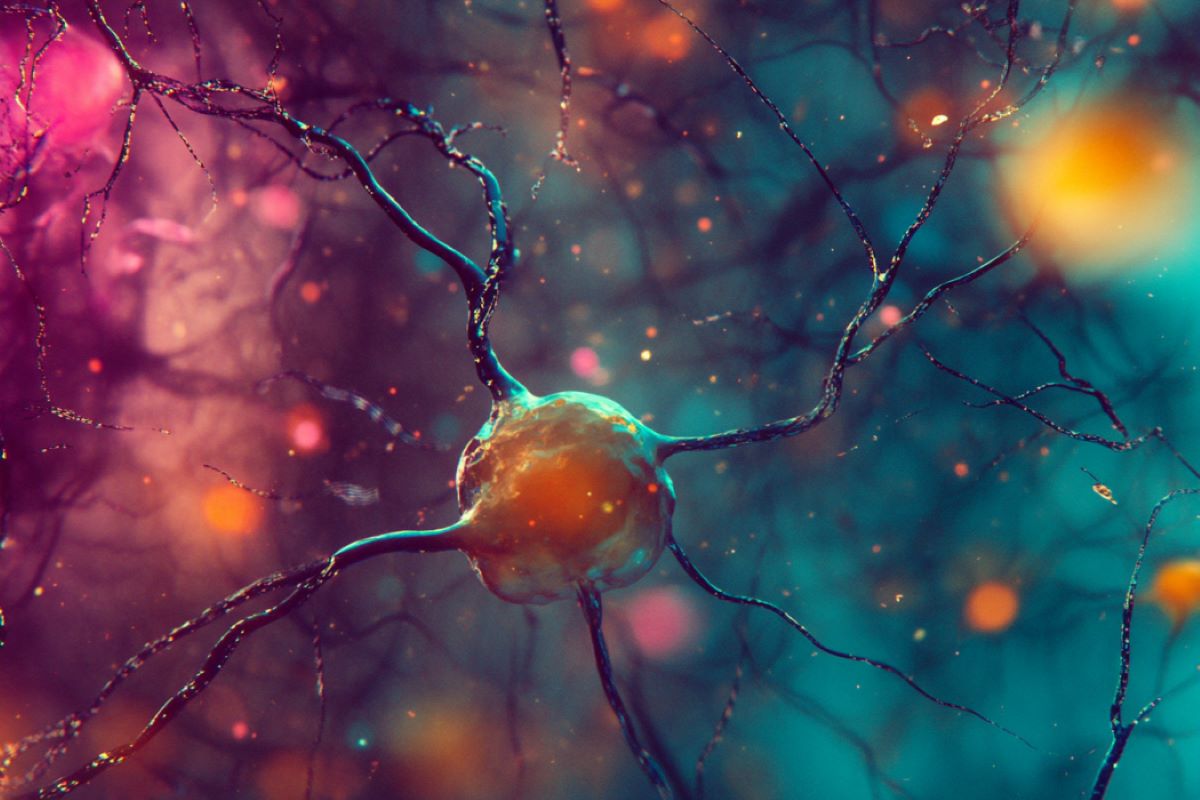Summary: Researchers identified 34 distinct subtypes of medium spiny neurons (MSNs) in the nucleus accumbens, a brain region crucial for reward and addiction. This discovery challenges previous views of MSNs as a homogeneous group, revealing a complex diversity with potential implications for understanding addiction and developing targeted therapies. The study suggests these findings may be conserved across species, offering insights into human brain function.
Key facts:
- 34 distinct MSN subtypes were identified, each with unique genetic profiles.
- MSNs play a key role in reward processing and substance use disorders.
- The findings could lead to more targeted and effective treatments for addiction.
Source: University of Pennsylvania
A research team – co-led by Penn Nursing – has made a significant breakthrough in understanding the complex neural circuitry underlying reward and addiction by identifying 34 distinct subtypes of medium spiny neurons (MSNs) in the nucleus accumbens (NAc), a key brain region involved in pleasure and motivation.
The findings, published in the journal Scientific Reports by Nature, offer insights into the diversity of these neurons and their potential roles in substance use disorders.

MSNs are the primary type of neuron in the NAc and have long been classified based on their expression of dopamine receptors. However, this new research reveals a far more intricate picture of MSN diversity.
By analyzing a massive dataset of single-nucleus RNA sequencing data from rat brains, the researchers identified 34 distinct MSN subtypes, each with its own unique genetic profile.
“Our study challenges the traditional view of MSNs as a homogenous population,” said co-lead author Heath D. Schmidt, PhD, Professor in Penn Nursing’s Department of Biobehavioral Health Sciences.
“By uncovering this level of diversity, we can begin to understand how specific MSN subtypes contribute to different aspects of reward processing and addiction.”
The researchers also found that these MSN subtypes are conserved across species, suggesting that the findings may have broad implications for human brain function and behavior.
Additionally, by analyzing genetic data linked to substance use disorders, the team identified potential differences in the roles of specific MSN subtypes in these conditions.
This groundbreaking research provides a foundation for future studies aimed at developing targeted therapies for addiction and other brain disorders. By understanding the specific functions of different MSN subtypes, scientists can develop treatments that precisely target these cells, potentially leading to more effective and less harmful interventions.
Funding: This work was supported in part by a State of Pennsylvania Department of Health Nonformula Tobacco Settlement Act Grant, Pharmacogenetics of Opioid Use Disorder; National Institutes of Health grants R01 DA037897, R21 DA045792, R21 DA 057458, R21 DA 055846, NIH/NIDA DP1DA054394, K01 AA028292, and R01 AA030056; Tobacco-Related Disease Research Program (TRDRP) Grant Number T32IR5226; and Department of Veterans Affairs grant I01 BX004820. The researchers have no conflicts of interest to report.
About this addiction and genetics research news
Author: Ed Federico
Source: University of Pennsylvania
Contact: Ed Federico – University of Pennsylvania
Image: The image is credited to Neuroscience News
Original Research: Open access.
“A single-nucleus transcriptomic atlas of medium spiny neurons in the rat nucleus accumbens” by Heath Schmidt et al. Scientific Reports
Abstract
A single-nucleus transcriptomic atlas of medium spiny neurons in the rat nucleus accumbens
Neural processing of rewarding stimuli involves several distinct regions, including the nucleus accumbens (NAc). The majority of NAc neurons are GABAergic projection neurons known as medium spiny neurons (MSNs). MSNs are broadly defined by dopamine receptor expression, but evidence suggests that a wider array of subtypes exist.
To study MSN heterogeneity, we analyzed single-nucleus RNA sequencing data from the largest available rat NAc dataset.
Analysis of 48,040 NAc MSN nuclei identified major populations belonging to the striosome and matrix compartments. Integration with mouse and human data indicated consistency across species and disease-relevance scoring using genome-wide association study results revealed potentially differential roles for MSN populations in substance use disorders.
Additional high-resolution clustering identified 34 transcriptomically distinct subtypes of MSNs definable by a limited number of marker genes.
Together, these data demonstrate the diversity of MSNs in the NAc and provide a basis for more targeted genetic manipulation of specific populations.






